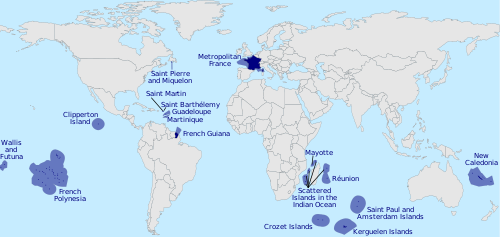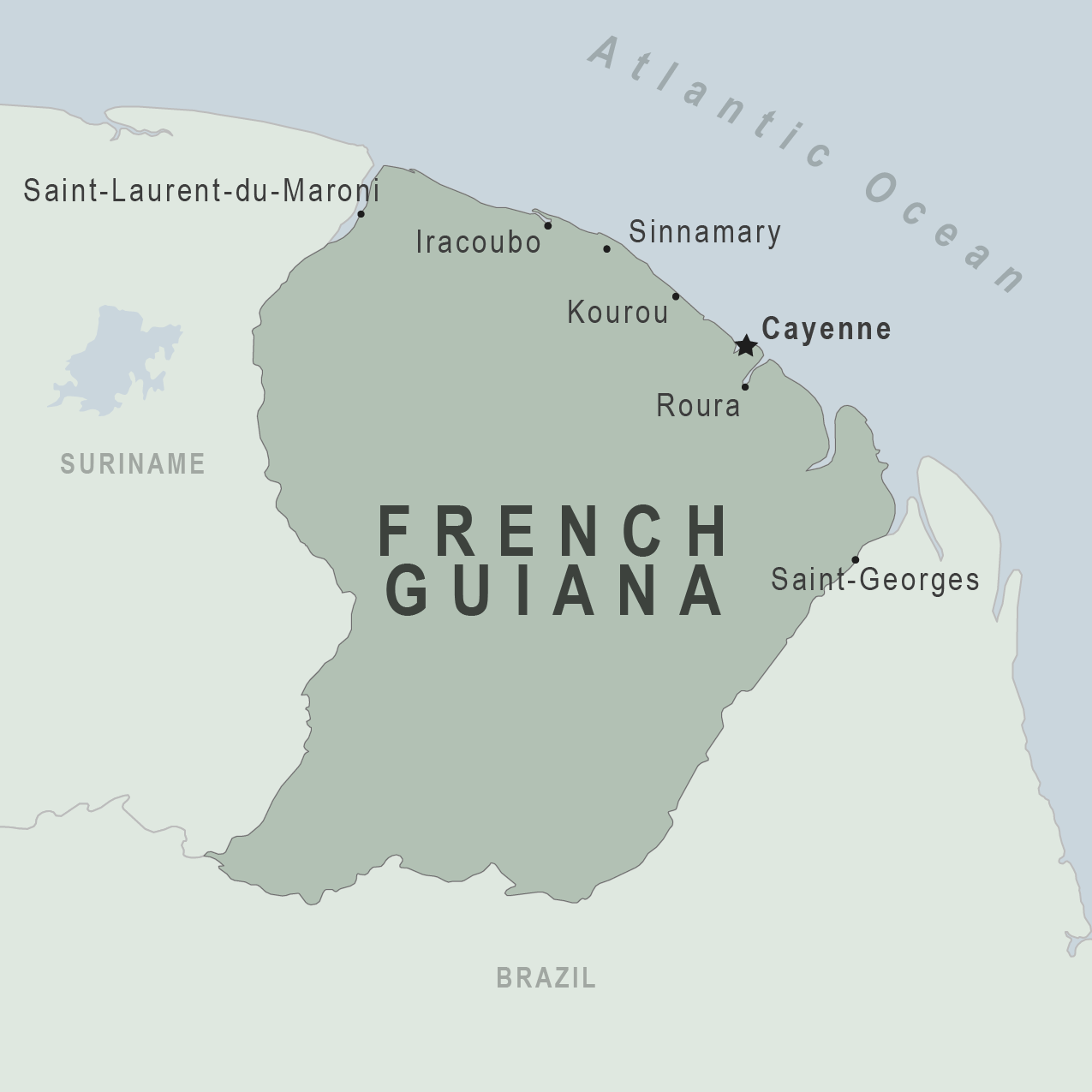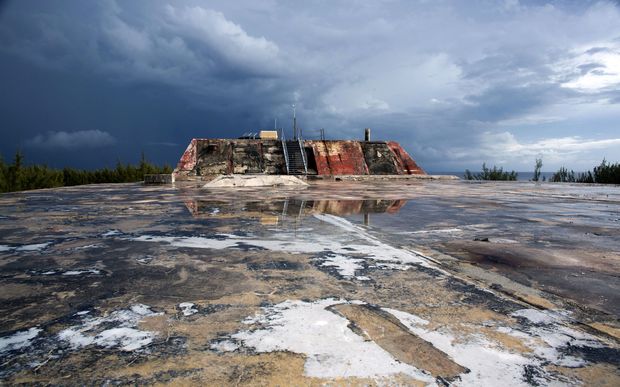France borders eight countries. But actually, it borders more than eight countries. And in fact, its longest border isn't even the one with Belgium or the one with Spain. It is the one with Brazil. What is going on here?
We know only one version of France that is the l'hexagon. It is also called the La France Metropole. It is the mainland of France. It is the France you probably think of when you think of France in Europe. But there is another France, it is called France d'outre-mer, or the Overseas France. Overseas French accounts for almost 20% of all French land. And a whopping 97% of its ocean territory, nearly 3 million French citizens live here. The Overseas France is peculiar.
France d’outre-mer includes far-flung tropical islands, remote archipelagos with penguins, and weird-looking, uninhabited atolls around the world. There is lobster fishing, scientific research, nuclear weapons testing, and military exercises. And the mind-blowing fact is that Overseas France is also a part of the European Union. I want to show you the weirdest borders and pieces of land. That helps us in understanding why this country, which should have decolonized six centuries ago, has territory all around the world.
All right, so let’s go over to the Netherlands. Not the actual Netherlands. Let’s go this way over to the Caribbean. The little island that split in half between the Netherlands and France. It’s the only place where these two countries share borders. The population here, they’re French citizens. A few years back, they did vote to become semi-independent from France, but even still they’re French citizens. Zoom out and you’ll see that France isn’t alone. The whole neighbourhood is full of European colonial holdovers. France has three other island groups in this chain. Two of which are the same as mainland France in their administrative status. And then you get down to France’s longest border, which is French Guiana, which is the proper part of France, and the European Union. They use euro here. But remember where we are, we're in South America. French Guiana was used as a prison colony for France most of the time. A lot of people were sent here for gruelling prison sentences, many died. That’s a whole other history, we’re not going into it. But now, people just like to vacation here in French Guiana.
Anyway, let’s zoom up North to a teeny, tiny island and holdover from the old days when France was colonizing North America which is 4000 kilometres from La France Metropole, but it is a few kilometres off the coast of Canada. And it’s right smack dab in the middle of Canadian economic waters. France wanted to hold on to this and have it as their little enclave away from France. And so a few years ago, they fought with Canada in the International courts to try to carve out a little bit of economic waters for themselves. They use the euro and speak French on the island(Pierre/ Miquelon).
Now let us get to the wild ones. The ones that were the hardest for me to get my head around while mapping them. If you zoom down here, close to Antarctica, all of those islands are governed by the French. Some people who live on these islands are French citizens. There are more king penguins on these islands than anywhere else in the world. And honestly, looking at the picture of these islands makes me feel like this is the part of France I want to visit more than any part of France. A slice of land in Antarctica is occupied by France. The Frenchmen arrived in Antarctica in the 1800s and claimed it for France, and they have had people there ever since. The only actual people living here are French military and science personnel.
So why did France hold on to these remote islands in the Indian ocean? These islands in the Indian Ocean provide France with a major presence in the Indian ocean. Military presence, where they can put bases, can run patrols, can have an occupation in this significant geopolitical part of the world. These islands give the French military an immense presence. Also, these islands are used to harvest over 16 million euros worth of fish and lobster. During the ‘60s and ‘70s, France stole hundreds of children from these islands to boost the declining rural population.
Okay, let us zoom to another remote part of the ocean, this time the Pacific Ocean, you will see French Polynesia, 14000 kilometres from La France Metropole. To understand why France wants to hold back on these islands, the water boundaries of these 118 islands of French Polynesia are 5 million square kilometres. This place is home to Bora Bora and Tahiti, and just a bunch of beautiful islands. We will never forget the French Polynesia, where France tested its nuclear weapons, almost 200 of them between the 1960s and 1990s, damaging local populations and violating international law.
The recent vote of New Caledonia wants to stay with France gets to the heart of tension in all of these colonial holdovers. All these islands are the product of French colonialism. These countries were conquered and ruled by this ruthless power. The French forced them to adopt their language, culture. And yet here we are centuries later in a globalized economy. Where the whole economy was invented by these big colonizing powers, the Frances, the Britain empires.




nice bro
ReplyDeletealso would you like to give any suggestion regarding the blog.
Deleteso i will reflect it in my next post.
mention your name pls!
DeleteThis comment has been removed by the author.
ReplyDelete